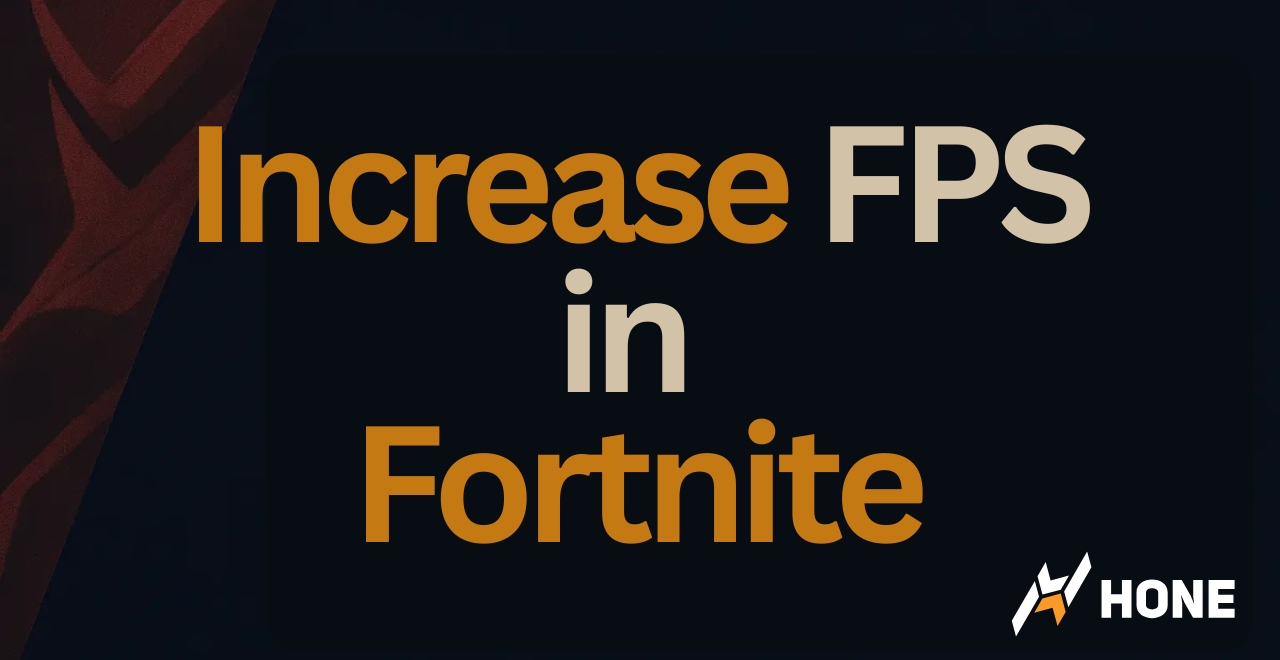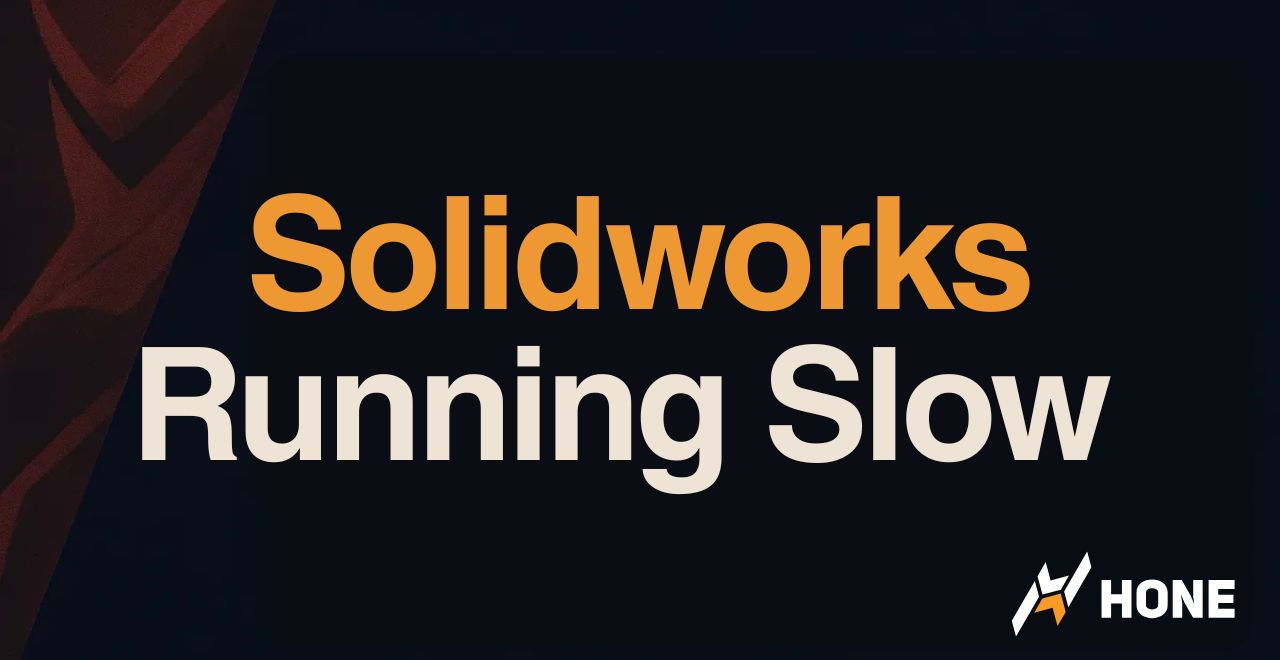The difference between struggling at 60 FPS and dominating at 240+? It’s the difference between seeing your opponent first and becoming someone else’s highlight reel. When milliseconds determine whether you clutch or choke, every optimization matters.
This isn’t just another “lower your settings” guide. We’re going deep into system-level optimizations that most players never touch; from Windows tweaks that unlock hidden performance to BIOS modifications that can literally double your frames. Whether you’re on a budget build or a high-end rig, there’s untapped performance waiting.
The 30-Second Emergency FPS Fix

Before we dive into the hardcore stuff, let’s fix your frames RIGHT NOW. These three Windows commands will immediately free up resources and can boost your FPS by 20-50% in under a minute.
Run these commands in order (Windows Key + R, type cmd, right-click and Run as Administrator):
sfc /scannow
DISM /Online /Cleanup-Image /RestoreHealth
powercfg -duplicatescheme e9a42b02-d5df-448d-aa00-03f14749eb61
What this does:
- Line 1: Fixes corrupted Windows files eating CPU cycles
- Line 2: Repairs Windows image corruption causing stutters
- Line 3: Enables Ultimate Performance power plan (hidden by default)
Next: Go to Power Options → Select “Ultimate Performance” → Apply
Result: Immediate FPS boost for most systems. Test in Creative!
Windows is the Hidden FPS Killer You Never Suspected
Your operating system is running dozens of processes you’ll never use, each stealing precious CPU cycles from Fortnite. Let’s turn Windows into a lean, mean, gaming machine.
Why Windows Optimization Matters More Than Graphics Settings
Here’s what Epic won’t tell you: Fortnite is brutally CPU-bound. While everyone obsesses over GPU settings, your CPU is actually the bottleneck 90% of the time. Those background Windows services? They’re competing for the same CPU cores that Fortnite needs for physics calculations, building mechanics, and player tracking.
The math: Windows runs ~150 background processes by default. Some of which are resource-hungry, and when stopped – more CPU resources will be available for Fortnite.
| Windows Service | Safe to Disable? | FPS Impact | How to Disable |
|---|---|---|---|
| Windows Search | Yes (if you never search) | HIGH +10% | Services.msc → Windows Search → Disabled |
| SysMain (Superfetch) | Yes (SSD users) | HIGH +8% | Services.msc → SysMain → Disabled |
| Connected User Experiences | Yes | MEDIUM +5% | Services.msc → Connected User… → Disabled |
| Print Spooler | Yes (no printer) | LOW +2% | Services.msc → Print Spooler → Disabled |
| Windows Defender | NO (unless you have alternative) | EXTREME +15% | Use Windows Security exclusions instead |
| Xbox Game Bar | Yes | HIGH +12% | Settings → Gaming → Xbox Game Bar → Off |
Before disabling any services: Windows Key → Type “Create a restore point” → Create → Name it “Before FPS Tweaks”. This is your safety net if something goes wrong. Takes 30 seconds, saves hours of troubleshooting.
The Registry Tweaks That Actually Work for Fortnite

Most registry “gaming tweaks” are placebo at best. These four are different; they fundamentally change how Windows allocates resources to games.
Create DWORD: NetworkThrottlingIndex
Set to: FFFFFFFF (hex)
Removes Windows network throttling entirely.
SystemResponsiveness DWORD
Change from 20 (default) to 10
Gives games 90% CPU priority instead of reserving 20% for background tasks.
GPU Control Panel
Your GPU control panel holds more power than Fortnite’s entire settings menu. These aren’t the basic “turn everything to performance” tweaks; these are the configurations that separate 240 FPS players from everyone else.
| Setting | NVIDIA Value | AMD Value | Why It Matters |
|---|---|---|---|
| Power Management | Prefer Maximum Performance | Disable Chill | Prevents GPU downclocking mid-fight |
| Low Latency Mode | Ultra (if no Reflex in-game) | Anti-Lag: Enabled | Can reduce input delay significantly |
| Texture Filtering | High Performance | Performance | Faster texture loading, less VRAM usage |
| Shader Cache | 10GB | AMD Optimized | Eliminates shader compilation stutters |
| Threaded Optimization | On | Surface Format: Enabled | Better multi-core CPU usage |
The Secret Shader Cache Clear
Stuttering after a driver update? Your shader cache is corrupted. Here’s the fix nobody talks about:
NVIDIA: Delete everything in %LOCALAPPDATA%\NVIDIA\DXCache
AMD: AMD Software → Settings → Graphics → Advanced → Reset Shader Cache
Yes, your first game will stutter as shaders rebuild. But after that? Butter smooth. This single fix has saved countless “broken” installations.
Yes, you can force negative LOD bias for sharper textures. Yes, you can modify frame buffer settings. But one wrong value and you’ll spend hours troubleshooting crashes. If you must use it, change ONE setting at a time and test thoroughly.
Fortnite CPU Optimization
Fortnite hammers your CPU harder than any graphics card benchmark. Here’s how to unleash every ounce of processing power.
The Hyper-Threading Controversy
Benchmark data shows disabling SMT/Hyper-Threading can improve Fortnite’s 1% lows by 15-20%. Why? Thread contention. When two threads share a physical core, they fight for resources.
To test: Enter BIOS → CPU Configuration → Disable Hyper-Threading/SMT → Save and test for 24 hours. Many pros swear by this for competitive play.
1. Launch Fortnite
2. Task Manager → Details → FortniteClient-Win64-Shipping.exe
3. Right-click → Set Affinity
4. Uncheck odd-numbered cores (1, 3, 5, 7…)
Gives you multi-threading benefits without contention.
Option 1: Disable E-cores in BIOS (extreme but effective)
Option 2: Use Process Lasso to force Fortnite to P-cores only
Option 3: Set FortniteClient priority to “High” (helps scheduler)
Each method prevents game threads landing on slower E-cores.
RAM
Running your RAM at 2133MHz when it’s rated for 3600MHz? You’re literally throwing away 30% of your FPS. Here’s how to fix it in 60 seconds.
- Restart PC and spam DELETE key (or F2) to enter BIOS
- Look for “AI Tweaker,” “Extreme Tweaker,” or “OC” menu
- Find “XMP” (Intel), “DOCP” (ASUS AMD), or “EXPO” (AMD)
- Change from “Disabled” to “Profile 1” or “Enabled”
- Press F10 to save and exit
Verify it worked: Task Manager → Performance → Memory → Check speed matches your RAM’s rating
Expected gain: 20-35% FPS improvement, especially in Tilted Towers and stacked endgames
Why RAM Speed Matters More Than GPU in Fortnite
Fortnite’s building system creates thousands of physics objects per second. Each one needs CPU calculations, and your CPU needs fast RAM to feed it data. Slow RAM = CPU waiting = lower FPS.
The proof: Tests show 3600MHz CL16 RAM provides 40% better 1% lows than 2133MHz in stacked endgames.
Config File Mastery
Fortnite’s config files contain settings that can’t be accessed through any menu. Here are the modifications that actually improve performance (not the placebo tweaks floating around Discord).
Location: %LOCALAPPDATA%\FortniteGame\Saved\Config\WindowsClient\
Copy the entire WindowsClient folder before making changes. One typo can prevent Fortnite from launching.
| File & Setting | Value | Impact | What It Does |
|---|---|---|---|
| GameUserSettings.ini bSmoothFrameRate |
False | HIGH | Removes hidden FPS cap and frame smoothing |
| Engine.ini r.TextureStreaming |
0 | MEDIUM | Loads all textures at once (needs 6GB+ VRAM) |
| Engine.ini r.Shadow.PerObject |
0 | EXTREME | Disables per-object shadows (massive FPS, ugly visuals) |
| Engine.ini r.DBuffer |
0 | LOW | Fixes foliage flicker, small FPS boost |
The Read-Only Config Trick
After editing your configs, right-click each file → Properties → Check “Read-only”. This prevents Fortnite from overwriting your tweaks. Remember to uncheck when you need to change in-game settings!
Monitoring Your Gains in Fortnite
Numbers don’t lie. Here’s how to scientifically measure your improvements and identify remaining bottlenecks.
• GPU Usage % (should be 95%+ if GPU-bound)
• CPU Usage per core (Core 0 often maxed)
• RAM Usage
• Frame Time graph (smoother = better)
• 1% Low FPS (more important than average)
If GPU usage is below 90%, you’re CPU bottlenecked.
1. Use same replay for consistency
2. Benchmark 60-second endgame segment
3. Compare 1% and 0.1% lows
4. Look for frame time consistency
Better 1% lows = smoother gameplay, even if average FPS is similar.
• Run for 5 minutes while gaming
• Anything over 1000μs = problem
• Check “Drivers” tab for culprits
Common fixes: Update audio drivers, disable network adapters you don’t use.
The Complete Fortnite Optimization Checklist

Phase 1: Quick Wins (5 minutes)
- ☐ Enable Ultimate Performance power plan
- ☐ Disable Xbox Game Bar
- ☐ Set Fortnite to High Priority
- ☐ Enable XMP/EXPO/DOCP in BIOS
Phase 2: Windows Optimization (20 minutes)
- ☐ Create System Restore Point
- ☐ Disable unnecessary services
- ☐ Apply registry tweaks
- ☐ Clear standby memory
Phase 3: GPU Deep Dive (15 minutes)
- ☐ Configure control panel for performance
- ☐ Clear shader cache
- ☐ Update to latest drivers
- ☐ Test G-Sync + V-Sync + Reflex for lower latency and no tearing
Phase 4: Advanced Tweaks (30 minutes)
- ☐ Test SMT/HT disabled
- ☐ Configure process affinity
- ☐ Edit config files
- ☐ Benchmark and compare
Phase 5: Validation (1 hour)
- ☐ Run CapFrameX benchmarks
- ☐ Check LatencyMon for issues
- ☐ Monitor temps during extended play
- ☐ Verify 1% lows improved
Final Thoughts
Here’s what separates the 240 FPS warriors from everyone else: they understand that optimization never stops. Every Windows update, every Fortnite patch, every driver release can change the performance equation.
The tweaks in this guide aren’t magic bullets; they’re tools. Some will transform your experience, others might do nothing on your specific setup. The key is systematic testing and understanding what’s actually limiting YOUR system.
Remember: stable 165 FPS with perfect frame times beats unstable 240 FPS every time. Chase consistency, not just big numbers. Your muscle memory will thank you.
Now close this tab and start optimizing. Those Victory Royales aren’t going to win themselves, and your opponents already have a head start.
FAQs
How do I get more FPS in Fortnite?
Lower in-game graphics settings, switch to “Performance Mode,” and update your drivers. Close background apps, enable full-screen mode, and use a wired connection for stability.
Why is my FPS so low in Fortnite?
Low FPS could be caused by high graphics settings, outdated drivers, or background applications. Fortnite’s recent updates may also affect performance. Lower settings, update drivers, and ensure your system meets requirements.
How to get 240 FPS in Fortnite?
Use a high-end gaming rig with a 240 Hz monitor, set Fortnite to “Performance Mode,” and lower in-game resolution and settings. Update drivers, close background apps, and optimize your system for high FPS.
Is 70 FPS good for Fortnite?
Yes, 70 FPS provides smooth gameplay for most players, especially on standard monitors (60–75 Hz). However, for competitive play, higher FPS (120–240) is recommended for extra responsiveness and fluidity.






 Discord
Discord
 Instagram
Instagram
 Youtube
Youtube
 TikTok
TikTok